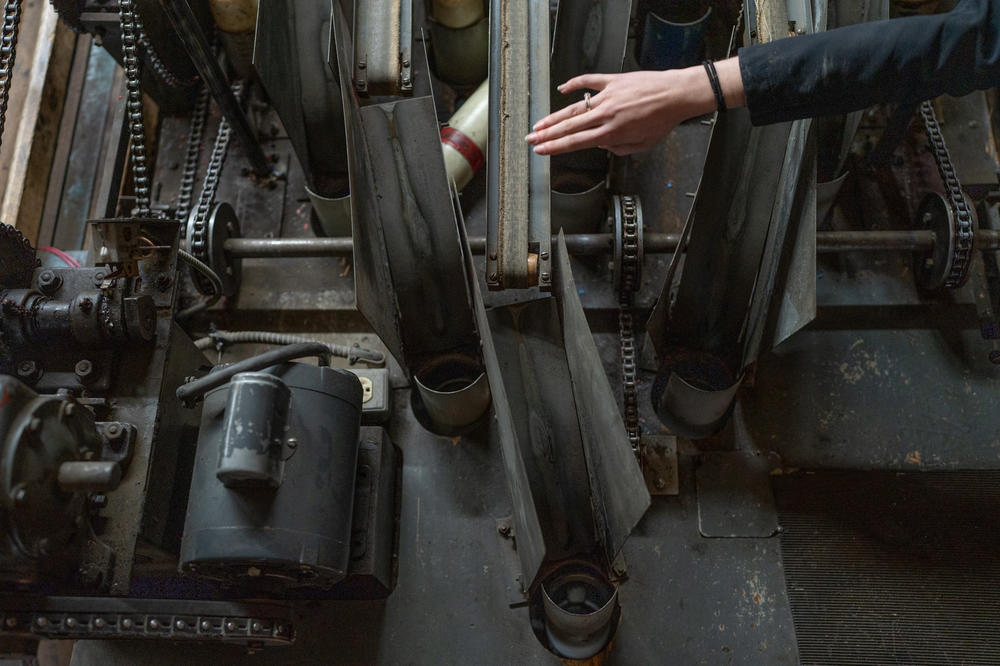When we hear the term ‘bowling’, most of us think of what is known as ten-pin bowling, yet this is only one of the many variations. Candlepin bowling — so called because of the distinctive pin shape — has been around since 1880, yet is mostly played within the US New England and Canadian Maritime provinces. Because of how relatively uncommon it is, candlepin bowling alleys such as the one that [Autumn Mowery]’s family runs is struggling to keep the system working, much of it due to a lack of spare parts.
On [Autumn]’s YouTube channel she goes through many of the behind the scene details at the Ellsworth, Maine-based bowling alley, the repairs and the scavenging of spare parts from the sacrificial bowling lanes that are used to keep the other lanes going for as long as possible. With the mechanics of the installed candlepin bowling system dating back to the 1940s and having been use constantly since the 1950s, it’s an every day struggle to keep the system from breaking down, with no spare parts available for sale.
Although the financially responsible approach might be to give up on the system and have a readily available tenpin bowling system installed instead, there’s a lot more to this form of bowling than the difference in pin shape. Differences include the much stricter rules, the use of a smaller ball without finger holes, lower chance of hitting a pin, and so on. This, along with the historical significance of the sport and this particular system would make it appear to be something that’s right up the (bowling) alley of our audience.
How’d you keep a 1950s-era bowling system up and running?
Thanks to [Tara Calishain] for the tip!
#Struggle #Keeping #1950s #Candlepin #Bowling #System #Working






